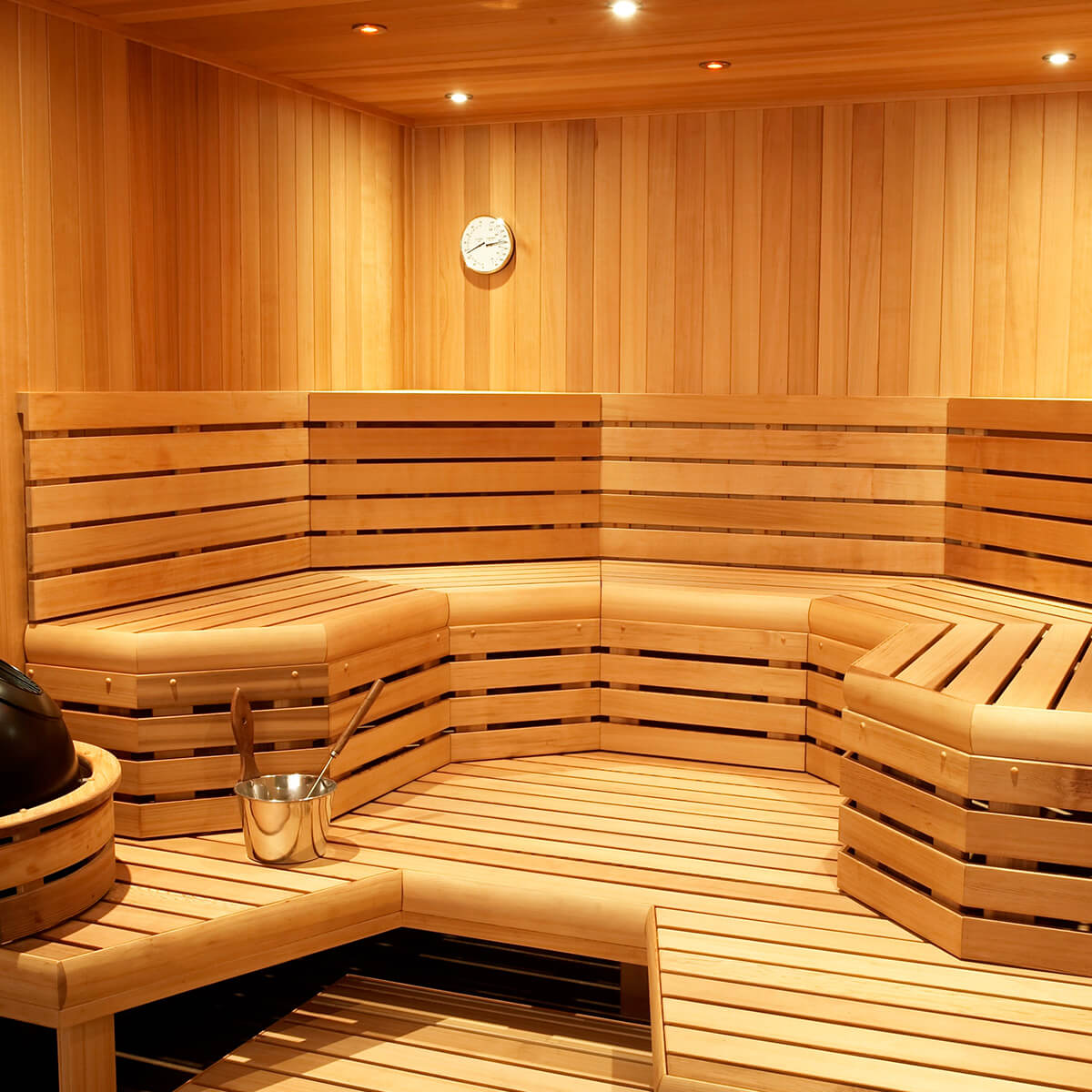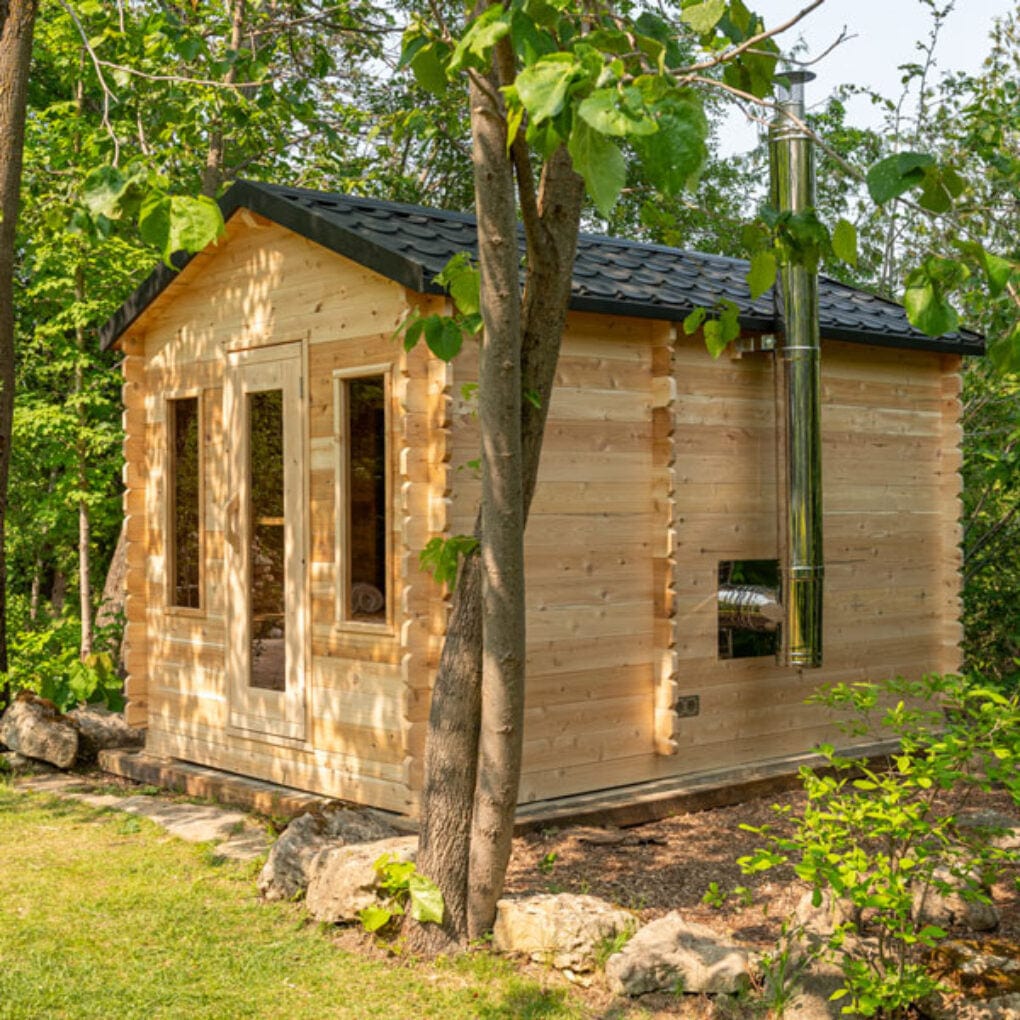Some Known Questions About Traditional Sauna.
Wiki Article
The Best Strategy To Use For Traditional Sauna
Table of ContentsTraditional Sauna Fundamentals ExplainedA Biased View of Traditional SaunaThe Ultimate Guide To Traditional SaunaUnknown Facts About Traditional Sauna
The majority of the weight lost in a sauna is water loss and is re-gained upon rehydrating. However, undeniably sauna can be a vital part of a healthy and balanced fat burning program. To look at the differences in between typical and IR saunas, I will certainly separate these into verifiable, theoretical, and made differences.Therefore, the most popular point in the saunawhich goes to the ceiling directly over the sauna heateris commonly in between 185 and 190 F. Traditional Sauna. Claims that a standard sauna exceeds 200 F is just not true and not relevant for electric saunas marketed in the US. The temperature level for a far-infrared sauna is normally established between 120 and 140 F; nonetheless, unlike the standard sauna, the objective in and IR area is not to accomplish a high temperature
Due to this, the temperature difference is nearly unnecessary, given that profuse sweating leads to both sauna types, but the technique of heating the body is various. In an IR sauna the bather will feel warm and will certainly sweat a lot, but at much lower temperatures. Therefore, if the goal is to invest longer periods of time in the sauna, the IR sauna is a good choice.

The Basic Principles Of Traditional Sauna
When the heat is attained, the components cycle on and off to maintain the high temperature. A lot of typical sauna users enjoy pouring water over the rocks to produce vapor to increase sauna moisture levels. The benefits of putting water over the rocks include: making the room extra comfy, dampening the nasal flows, and permitting the usage of aromatherapy by mixing important oils with the water.In a far-infrared sauna, the warmth waves pass through the body to successfully heat the body and elevate the body core temperature level. To attain this raised temperature level, Far-infrared emitters produce infrared power which is close to the same wavelength as that which the body naturally emitsoften referred to as the "Important Range" of 7 to 14 microns), so the power is well gotten by the body.
When the power gets in the body, it causes the body temperature level to enhance and eventually results in sweating. In an infrared sauna it is essential for the emitters/heaters to remain on nearly constantly. Considering that there is no mass of rocks to maintain warm, the sauna will cool down if the emitters shut down.
As mentioned above, the Full Report sauna bather in an infrared area desires to position himself before running emitters to get optimal advantage from the heat. The home heating time for both rooms can be very various, relying on how the areas are utilized. For a standard sauna, a bather ought to permit 30-40 minutes for the room to achieve a preferred temperature level and to appropriately pre-heat the rocks.
Traditional Sauna Fundamentals Explained
A well constructed sauna will commonly accomplish a temperature of 150-160 F in about 30-40 mins. For hotter temperature levels, the room might need to heat for a longer duration.To some, 15 mins was "squandered" while the infrared energy heated the wood panels rather than heating a body, while others discover a pre-heated room to be extra comfy and believe an elevated beginning temperature level is required to start sweating. The length of recommended use for every space is about the exact same (10-15 mins review per session); however, due to the reduced air temperatures and the ability to really feel the effects of infrared warm quicker than a conventional sauna, it is not uncommon for an individual to spend a total of 20-30 minutes in an infrared sauna.
Traditional saunas tend to be bigger (for this reason utilize more power) than infrared saunas, although traditional saunas are definitely offered in one and 2 person sizes also. For a two-person traditional sauna, 5x6 or 5x7 dimension is most popular. The top bench can pleasantly seat two or 3 people and is also long sufficient to relax throughout the sauna session.


The typical cost per kWH of electricity in the united state is around $0.11, so a 4.5 kW heating unit will certainly cost around $.50 to run for one hour, if the heating system runs continuously for one hour. Typically a sauna heating unit will compete 75% of the first hour and 50% of succeeding hours on given that the components cycle once the set temperature is achieved.
The Ultimate Guide To Traditional Sauna
A 2 person far-infrared area is normally physically smaller than a typical sauna, commonly regarding 4' x 4' or smaller sized. The IR heater is normally 1.5-1.7 kW utilizing a 120 volt 15 amp plug-in solution. Since the area can be made use of quicker than a sauna area, we will certainly assume the area is utilized for to of an hour consisting of warm up time.There is a seldom discussed distinction in the social experience between the 2 spaces. While our society has lost some of the social advantage of the typical sauna experience, it can be extremely socially index satisfying. From household time in the sauna, to heart-felt discussions with loved ones, to sauna partiesthe typical sauna experience can lead to intimate interacting socially.
Most higher end infrared spaces consist of colored light treatment, noise systems and full-glass fronts.
Report this wiki page